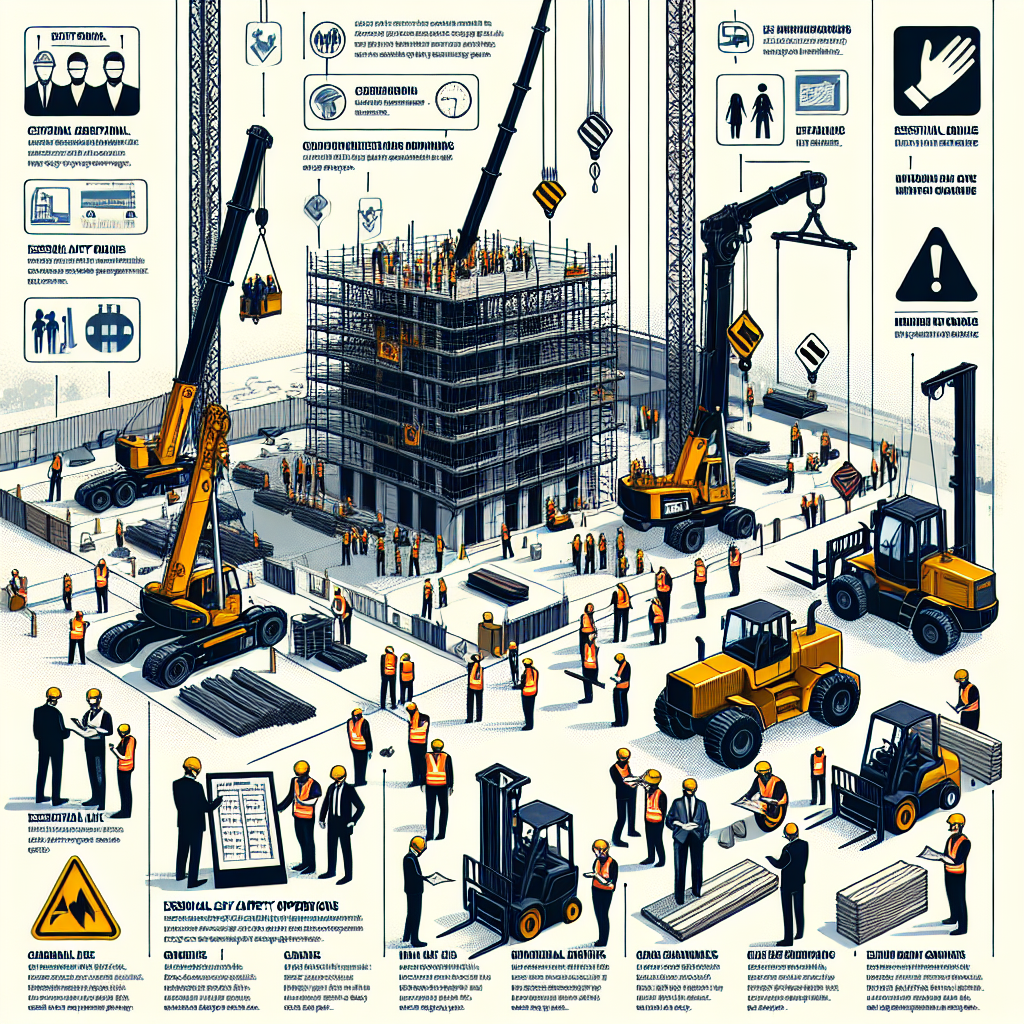Understanding Rules for Lifting Operations on Building Sites Prices
Lifting operations are a critical aspect of modern construction, involving the movement of heavy materials and equipment using cranes, hoists, forklifts, and other mechanical devices. The rules for lifting operations on building sites prices are not only shaped by safety requirements, but also by various economic and logistical factors. In this guide, we will explore the essential regulations, best practices, and detailed insights into how pricing is determined for lifting operations on construction sites.
Key Regulations Governing Lifting Operations
Ensuring safety during lifting operations is paramount. Regulatory bodies such as OSHA and HSE have established comprehensive guidelines to minimize risks. Some of the core rules include:
- Risk Assessment: Prior to any lifting operation, a thorough risk assessment must be conducted to identify hazards and implement control measures.
- Competent Personnel: Only trained and certified personnel should operate lifting equipment or act as signalers and supervisors.
- Regular Equipment Inspections: All lifting machinery must be inspected regularly for wear, damage, and compliance with manufacturer’s recommendations.
- Load Limits: Equipment must never be used to lift loads beyond its rated capacity.
- Safe Working Environment: The area should be clear of obstructions, and proper communication protocols must be in place.
These lifting safety standards form the foundation for safe and compliant operations on building sites.
Factors Influencing Lifting Operation Costs
The pricing for lifting operations on construction sites depends on a variety of interrelated factors:
- Type of Equipment: The cost varies depending on whether a mobile crane, tower crane, or forklift is required. Larger and more specialized machinery typically incur higher rental and operation costs.
- Duration of Operation: Longer projects may benefit from bulk rental rates, whereas short-term operations may have a higher daily rate.
- Complexity of the Lift: Lifts that involve restricted spaces, heavy loads, or hazardous materials require more planning and specialized personnel, increasing the overall cost.
- Labour Costs: Certified operators, riggers, and signalers must be accounted for in the final pricing.
- Safety Measures: Additional precautions, such as exclusion zones and extra supervision, can raise the price.
- Geographical Location: Urban sites may face higher operational costs due to space constraints and logistical challenges.
LSI Keywords and Related Concepts
To fully understand the rules for lifting operations on building sites prices, it’s important to consider related industry terms and Latent Semantic Indexing (LSI) keywords, including:
- Lifting operation safety regulations
- Crane hire costs
- Construction site lifting guidelines
- Heavy equipment operation pricing
- Risk management in lifting
- Building site material handling rules
- Lifting plan requirements
- Certified crane operator wages
- Site-specific safety procedures
- Health and safety compliance construction
Incorporating these concepts ensures a comprehensive approach to both safety and budget planning on construction projects.
Best Practices for Cost-Effective and Safe Lifting
Adhering to industry best practices not only improves safety but can also help control costs. Consider the following recommendations:
- Develop a comprehensive lifting plan that includes detailed method statements, risk assessments, and emergency procedures.
- Use modern, well-maintained equipment to reduce the risk of breakdowns and costly delays.
- Schedule lifting tasks during optimal site hours to avoid overtime charges and minimize disruption.
- Invest in regular safety training for all personnel involved in lifting operations.
- Work closely with suppliers to negotiate the best rates for equipment hire and labor.
Sample Price Ranges for Lifting Operations
Understanding typical costs for lifting operations can help with project budgeting. Here is a general breakdown:
| Equipment Type | Daily Hire Rate | Weekly Hire Rate | Operator Cost (per day) |
|---|---|---|---|
| Mobile Crane (30T) | $700 – $1,200 | $3,000 – $5,500 | $250 – $400 |
| Tower Crane | $1,000 – $1,800 | $5,000 – $9,000 | $300 – $500 |
| Forklift | $150 – $300 | $600 – $1,200 | $150 – $250 |
*Prices are indicative and may vary depending on region, project complexity, and duration.
Conclusion: Balancing Safety and Cost
The rules for lifting operations on building sites prices are deeply interconnected. By understanding regulatory requirements, factoring in all cost elements, and implementing industry best practices, construction managers can ensure safe, efficient, and cost-effective lifting operations. Whether planning a small residential project or a large-scale commercial build, careful preparation and compliance are key to success.
